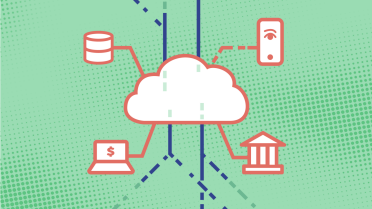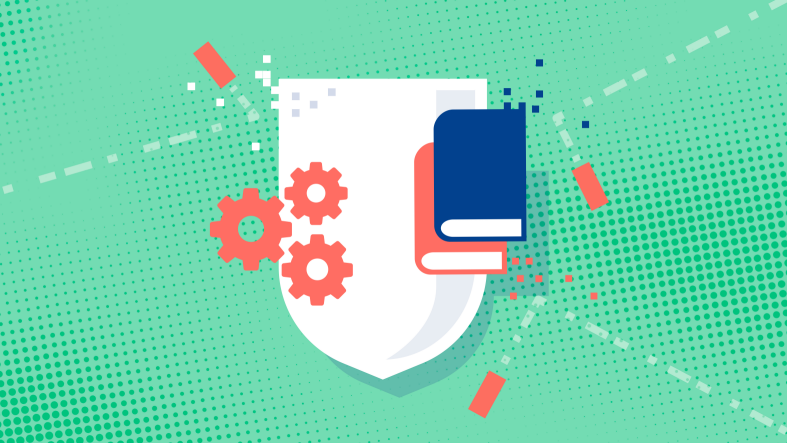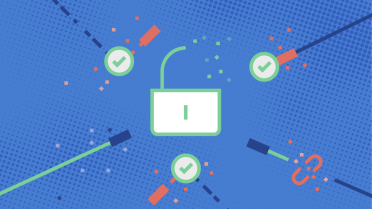SEB Cloud Platform - The saga begins
Welcome to the first post regarding the Cloud Journey that SEB is doing!



As a bank, SEB must adhere to banking regulations in different regions and financial markets. However, strict regulations can affect innovation and the feeling of being empowered. During our migration to use public cloud services we strive to fulfil regulatory demands while at the same time increasing productivity and ownership in the teams.
We believe that having truly empowered employees increases productivity, lowers costs, increases quality and as a result, improves customer satisfaction! So as a bank operating in a heavily regulated industry, the million-dollar question is: how do you set up and maintain an environment where you adhere to the regulations while at the same time ensuring that you have empowered employees?
As authors of this blog post, we don't claim that we have the golden eternal answer to that. However, since we were given the possibility to help SEB implement a brand-new platform with the use of public cloud and Google Cloud Platform (GCP), we'd be unwise if we didn't take the opportunity to try to improve! So, here are some key areas we have been working with:
Knowledge is power and we see knowledge as one of the keys to make developers feel more empowered. The following are a few examples of how we work with increasing and sharing competence across teams:
We want the application delivery teams to have full control over their release cycles, follow best practices as well as regulations controlling the financial markets. To do this the releases must be deployed in a reproducible, secure and transparent way which can be audited. Therefore, methods to deploy must be fully automated and access rights to the production must be restricted to an absolute minimum.
For the Cloud Platform, we decided to go with Hashicorp Terraform for setting up, changing, and versioning the virtual infrastructure of Google Cloud safely and efficiently. Terraform uses declarative definitions, meaning that you declare what you want in an intuitive way. Here is one simple example of how to define a firewall opening:
resource "google_compute_firewall" "my-fw" {
name = "my-app-firewall"
network = "my-nw"
allow {
protocol = "tcp"
ports = ["443"]
}
}
So, no scripting and no room for human error by longer clicking in a GUI, instead you rely on Terraform to do the heavy lifting for you! But how does Terraform know how to do that? The answer is that Terraform has a number of maintained "providers" and the Terraform Registry is where you can find documentation about available providers.
Automation does not reduce all risks though so there's still room for making mistakes and or even committing fraud. To prevent that, the Four Eyes Principle comes in to play where any change that involves a risk must be reviewed and double checked by a second individual before being approved to deploy to production!
So we want independent and efficient teams who feel happy, think about security and are kept safe. As a way to make the teams feel safe we provide a number of guard-rails that are there to stop teams from making unwanted mistakes, while not hindering the teams. Here are a few examples:
We have a hands-off policy in acceptance and production project so teams are given some read access to their acceptance and production project but all changes are applied through the Terraform pipeline.
Main branches reflect production and are protected using pull-requests, reviewed by another team member.
We use Organisation Policies in GCP as a way to restrict certain configurations of resources which constitute known security-related risks. One example is that we restrict data storage outside EU and another is that we by default block unauthenticated access to end-points.
GCP also offers a large number of services, like Compute Engine, Cloud Data Store, BigQuery and some have their own terms of service. So to secure that all GCP services that we use are compliant with EU and financial law we review each service separately before making it available to the teams.
Keep safe and have fun!
Welcome to the first post regarding the Cloud Journey that SEB is doing!

SEB is one of the gold sponsors of the Midnight Sun CTF event, a Capture-the-Flag hacking contest, and we are also entering the competition with a team.

I think some still remember when non-functional requirements (NFR) were activities in a project plan and thus could be prioritized accordingly.
